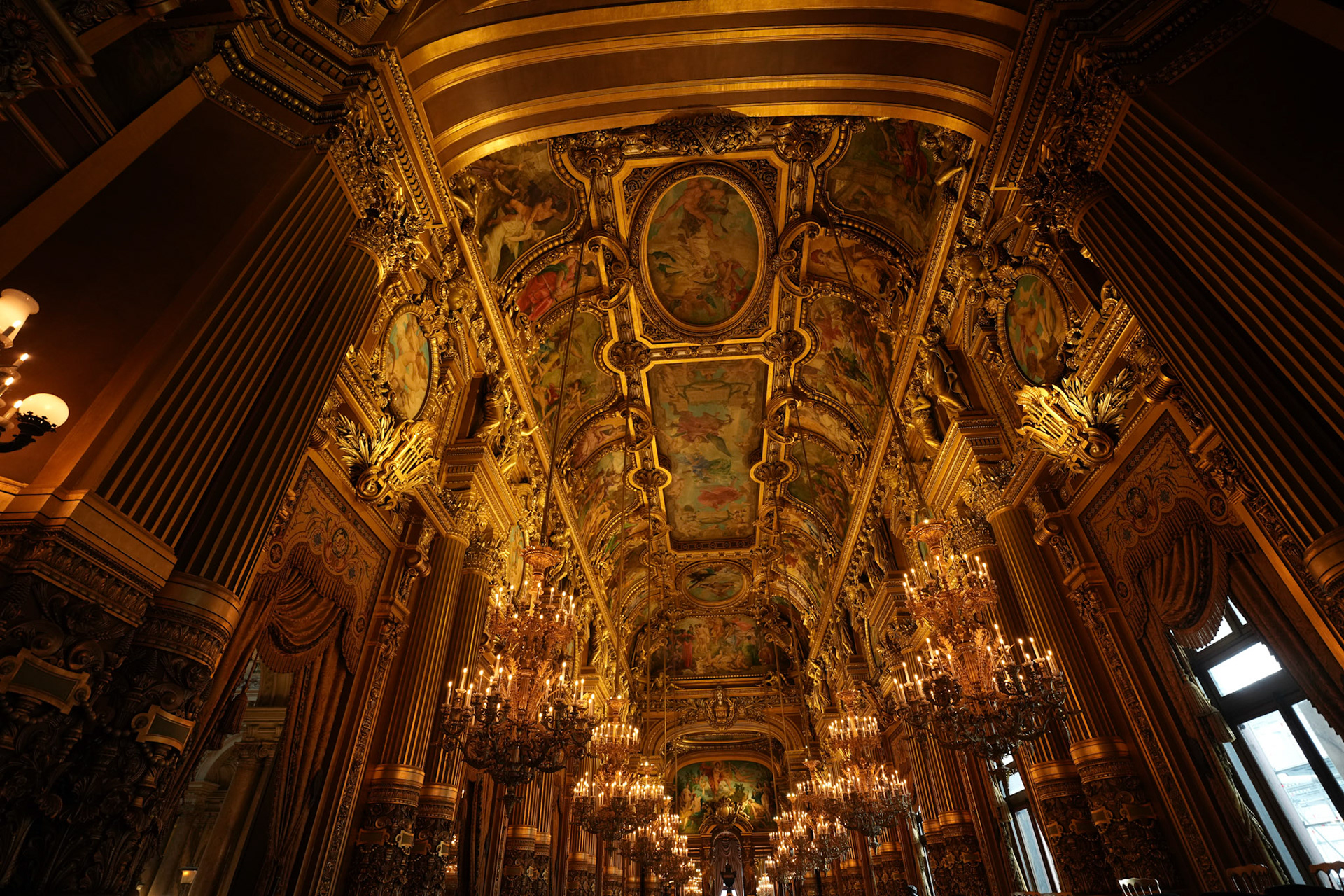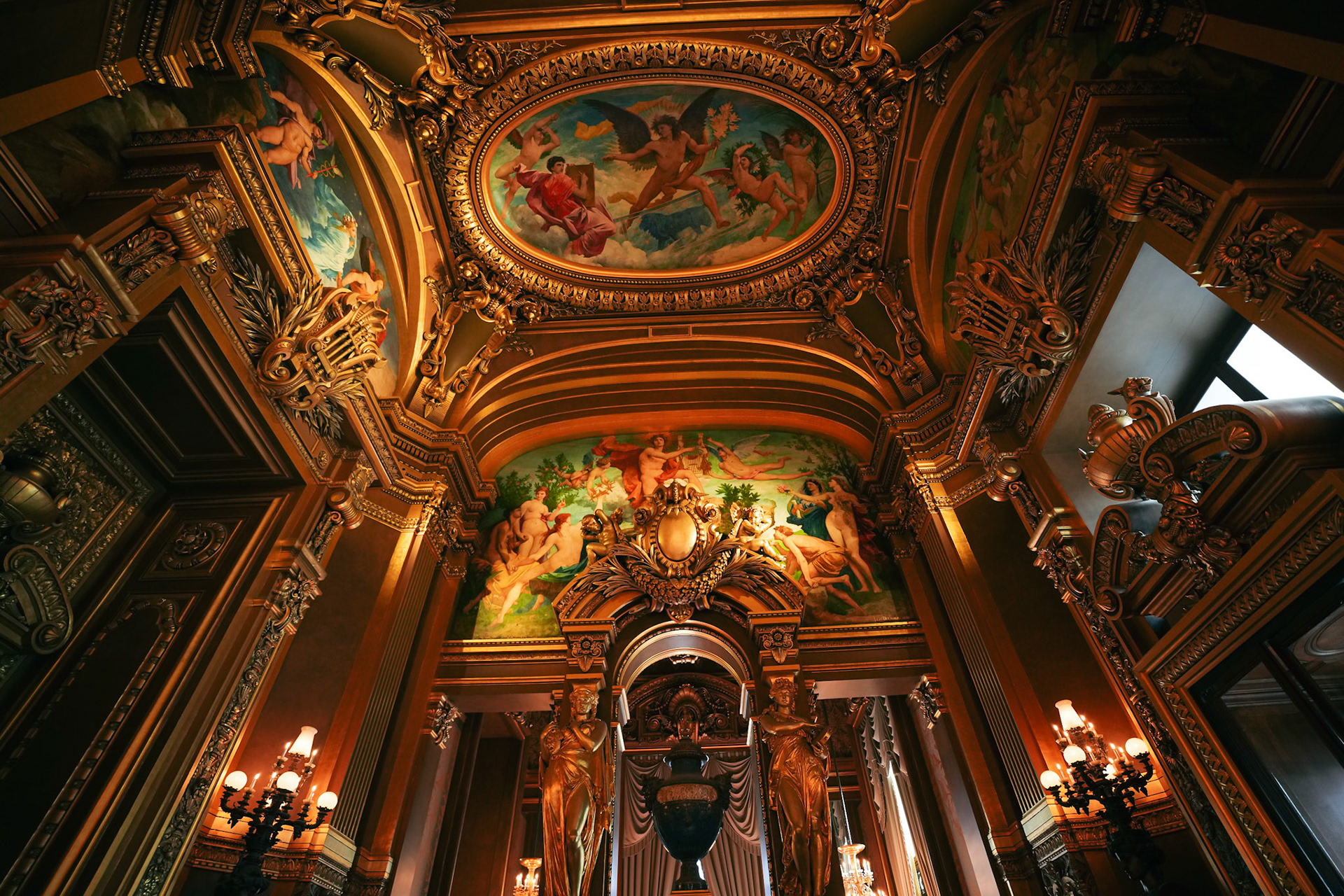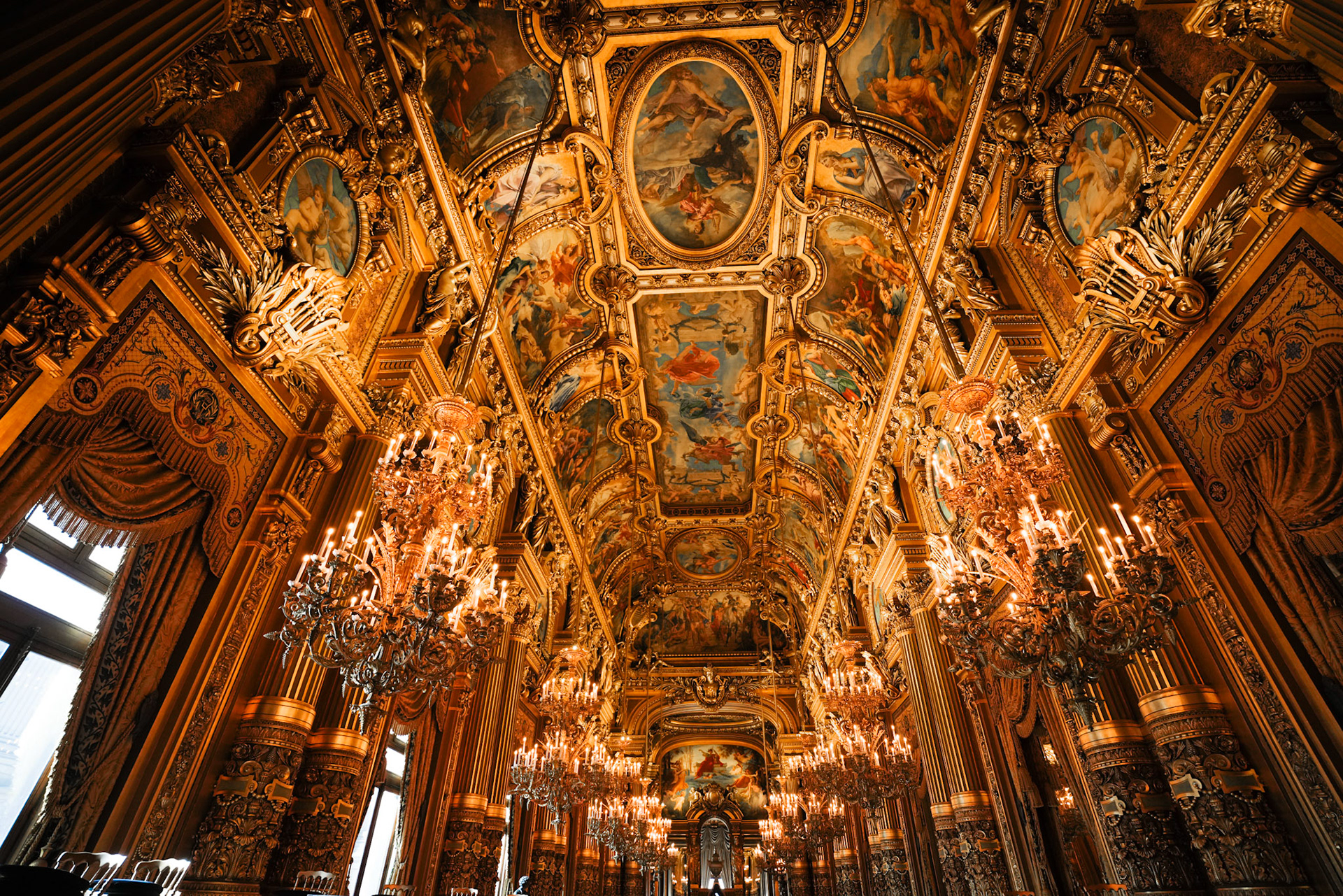A Brief History
The Paris Opera House was commissioned by Emperor Napoleon III in 1861, with the aim of creating a new opera house that would rival the grandeur of the famous La Scala in Milan. The project was awarded to Charles Garnier, a relatively unknown architect at the time, who spent over a decade designing and building the opera house.
The Paris Opera House was finally completed in 1875, and it quickly became one of the most famous and prestigious opera houses in the world. It has been the setting for many famous operas, including "La Traviata" and "The Phantom of the Opera."
The Architecture
The Paris Opera House is a stunning example of Beaux-Arts architecture, which was popular in France during the late 19th century. The building is adorned with intricate carvings, sculptures, and paintings, which are all designed to showcase the grandeur and elegance of the era.
One of the most striking features of the Paris Opera House is its grand staircase, which is made of white marble and features a stunning chandelier. The staircase is a popular spot for tourists to take photos, and it has been featured in many movies and TV shows.
The Art
In addition to its stunning architecture, the Paris Opera House is also home to some of the most beautiful and impressive works of art in the world. The ceiling of the main auditorium, painted by Marc Chagall in the 1960s, is a stunning masterpiece that depicts scenes from famous operas.
The Paris Opera House is also home to a number of other works of art, including sculptures, paintings, and tapestries. Visitors can take guided tours of the opera house to learn more about its history and the art that it contains.
The Paris Opera House is a testament to the grandeur and opulence of the Belle Epoque era and a stunning example of Beaux-Arts architecture.
The ceiling painting by Marc Chagall is one of the most iconic works of art in the Paris Opera House. This painting depicts the story of Orpheus and Eurydice, a tragic tale from Greek mythology. In the painting, Orpheus is shown playing his lyre while Eurydice follows him, only to disappear as he turns to look at her. The painting captures the tragedy and emotion of this story, and it is a popular spot for visitors to take photos.
The Paris Opera House is a true masterpiece of architecture and art, and it is a must-visit destination for anyone who loves opera, art, or history. Its stunning beauty and rich history make it one of the most popular tourist attractions in Paris, and it is sure to leave a lasting impression on anyone who visits.




